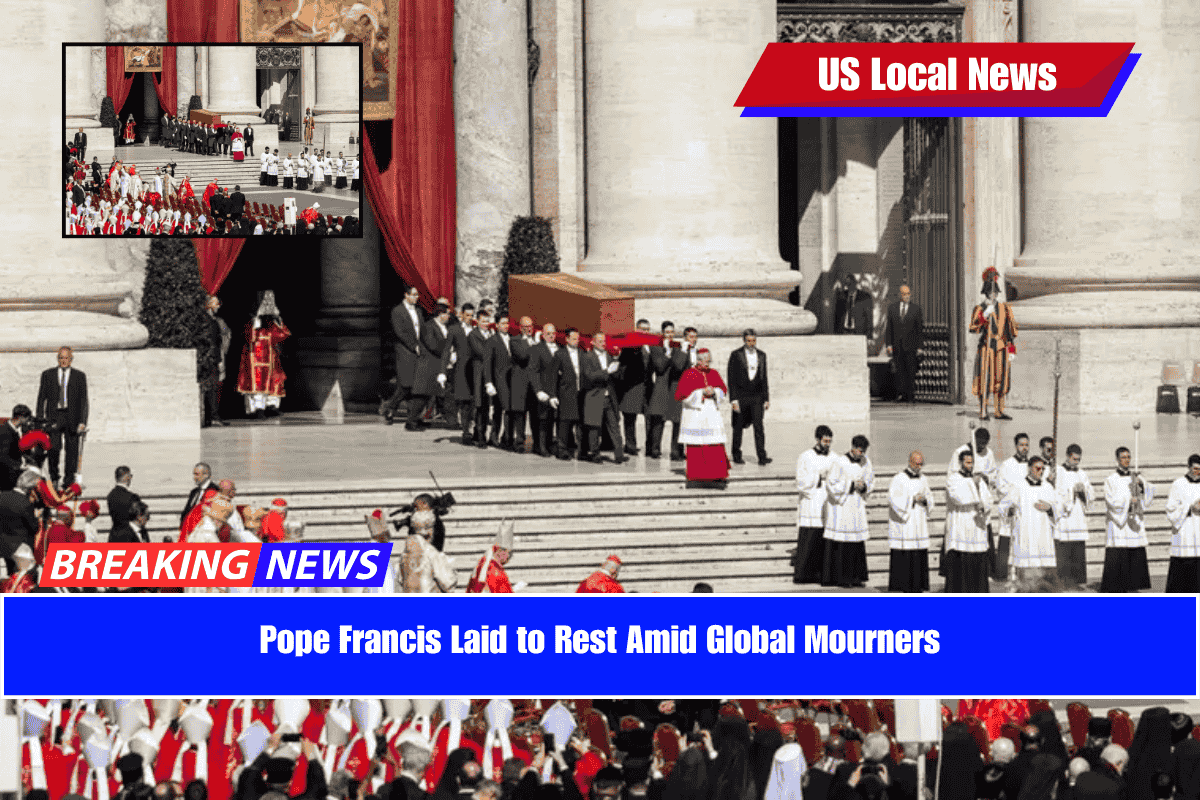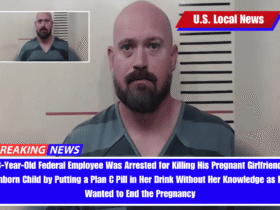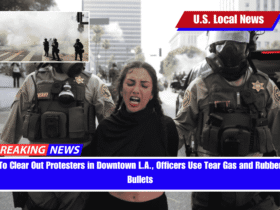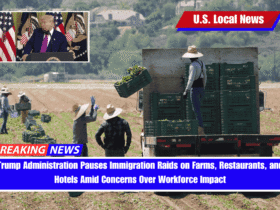Pope Francis, who passed away at the age of 88 due to a stroke and heart failure, was laid to rest on Sunday after a grand funeral mass attended by over 250,000 mourners, including more than 130 world leaders.
His funeral was broadcasted globally, reaching over 1.3 billion Catholics worldwide. The funeral service came just days after his death, marking a significant moment for the Catholic Church and the world.
The Funeral Service and Global Attendance
Pope Francis passed away on Monday, a day after Easter, following a public appearance in St. Peter’s Square. His body lay in state for three days in St. Peter’s Basilica before the funeral mass.
On a warm, clear day, his simple coffin was carried out to the piazza, and the crowds gathered for the two-hour service, which began at 10 a.m. local time. The sound of St. Peter’s Basilica bells tolled as people took their seats for the service.
World leaders from 164 countries, including U.S. President Donald Trump, former U.S. President Joe Biden, British Prime Minister Keir Starmer, Prince William, French President Emmanuel Macron, Brazilian President Luiz Inácio Lula da Silva, Philippine President Ferdinand Marcos, and Ukrainian President Volodymyr Zelensky, were present to pay their respects.
Tributes to Pope Francis
Placed atop Pope Francis’ closed coffin was an open Book of the Gospels, symbolizing his service to the Church. The funeral service was marked by prayers and plainchant music sung by the choir and priests.
Cardinal Giovanni Battista Re, the dean of the College of Cardinals, officiated, offering a heartfelt tribute to the late pope. He described Pope Francis as “a pope among the people” who led with love and sensitivity to today’s challenges.
Re highlighted Francis’ focus on helping refugees, displaced people, and the poor, citing his first papal journey to Lampedusa, an Italian island known for receiving migrants from North Africa.
Re also touched on Pope Francis’ dedication to peace, recalling his calls for negotiations and diplomacy to resolve conflicts, including in war-torn regions like Gaza, Ukraine, Sudan, and South Sudan. “War always leaves the world worse than it was before; it is always a painful and tragic defeat for everyone,” Re remarked.
The Procession and Final Resting Place
After the funeral mass, Pope Francis’ coffin was carried back into St. Peter’s Basilica, and later transported to Rome’s Basilica di Santa Maria Maggiore in a white popemobile. Thousands of mourners lined the 3.7-mile procession route to pay their respects.
Mexican seminarian Rodrigo Herrera, who had studied under Francis, shared his grief, saying goodbye to his spiritual leader one last time. The coffin was eventually taken into the Basilica, where Pope Francis was privately interred in a gold chapel at the highest point of the Italian capital.
This location, between the Sforza Chapel and the Pauline Chapel, holds a special significance as a place the pope frequented.
For the first time in over a century, a pope was buried outside the Vatican. Pope Francis chose this final resting place due to its proximity to the places he prayed during the global COVID-19 pandemic and its connection to the poor, reflecting his life’s work.
Final Stage: The Election of a New Pope
Following the conclusion of the funeral, official mourning for Pope Francis began. The College of Cardinals, made up of 252 representatives from around the world, will soon begin the secret process of electing a new pope.
Pope Francis appointed many of the cardinals who will participate in this election, which marks the next step in the Church’s journey after his passing.











Leave a Reply